
Topology Optimisation (2009)
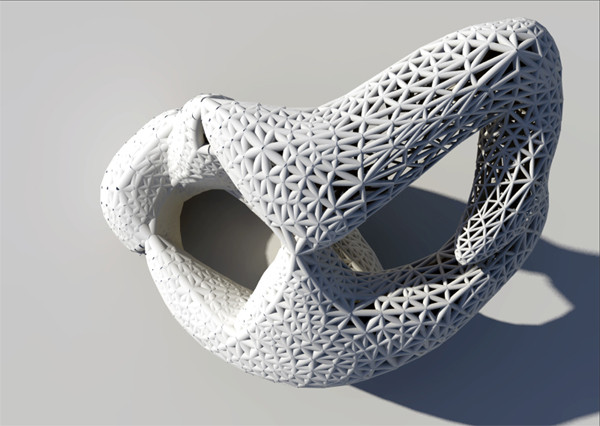
A teaching and research workshop by CITA.
The 5 day workshop investigated an architectural application of a generative formfinding method for the creation of minimum weight structures with maximized Stiffness. Conducted with students from the Architecture, Experiment and Technology master course at Department 8, Royal School of Architecture led by Niels Andersen and Ali Tabatabai (aaet.dk) and with a lecture by Prof. Ole Sigmund, Department of Mechanical Engineering. Technical University of Denmark.
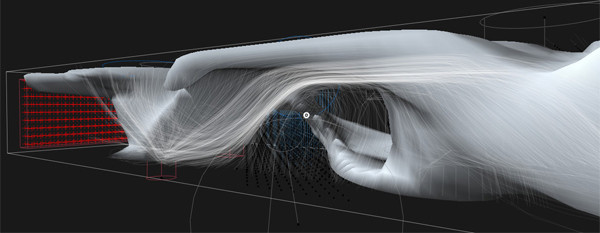
Course Description
Topology Optimisation is a generative tool for structural optimisation that is more common in mechanical engineering and aero-nautical research projects. The contemporary awareness of these generative structural processes is growing within the field of architecture, yet their application is very sparse due to the evolving irregularities of the calculated surfaces and volumes and the dependant manufacturing-and economical constraints. The workshop investigated potential applica-tion for an architectural context. Examples of an evolutionary structural optimiza-tion in the field of architecture can be seen in the formfinding of Sagrada Familia´s Passion Façade by Gaudí (Burry, et al. 2004) and for the 2007 competition proposal of the new Florence train station by Arata Isozaki and Mutsuro Sasaki (Ito, Isozaki og Sasaki 2007).
These structural solvers can broaden the scope of potential design solutions that are conceptually entwined with emerging production facilities of additive fabrication. The so created design solutions often generate bio-morphic geometries that three-dimensionally negotiate the set structural boundary conditions as loads, supports and voids into a meshed geome-try. The software extends historical formfinding methods that have been tested by Gaudí and Otto for the creation of a new typology of structural components that fully rely on purely digital processes.
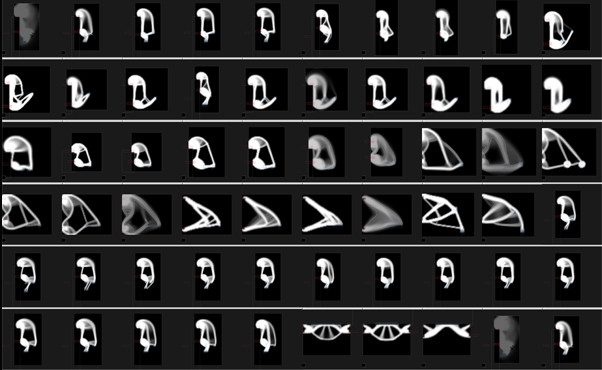
Models, Buildings and Processes of Structural Formfinding
Recent innovations in additive fabrication technologies as Enrico Dini´s Radiolaria Project, a 3D printing device for large scale stone sculptures, point to interesting manufacturing opportunities for complex geometries in the future. Additive fabrication technologies that can manufacture these biomorphic structures in significant build sizes enhance the architectural repertoire in a significant way. The outcome of the optimisation can then be negotiated with prior design intent.
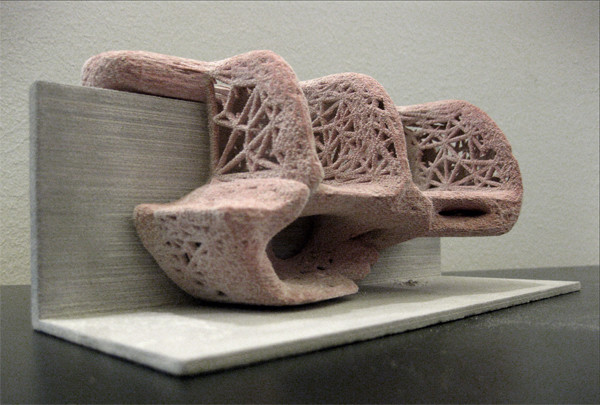
Recent innovations in additive fabrication technologies as Enrico Dini´s Radiolaria Project, a 3D printing device for large scale stone sculptures, point to interesting manufacturing opportunities for complex geometries in the future. Additive fabrication technologies that can manufacture these biomorphic structures in significant build sizes enhance the architectural repertoire in a significant way. The outcome of the optimisation can then be negotiated with prior design intent.
The increasing opportunities that computational tools and additive fabri-cation processes have to offer require a new conceptualization process in the design field to take place. One objective of the workshop is also to investigate new design methods and evaluate their applicability for an architectural task.
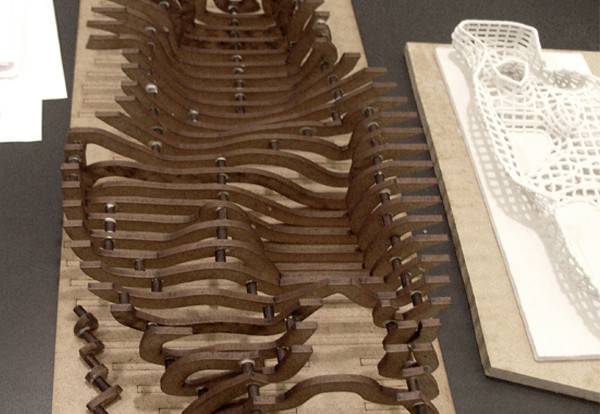
Design task
Design of a seating structure for the canteen. Design in groups of 2-4 people. The structure should touch ceiling, floor and wall and deliver interest-ing spatial situations that show the characteristics of the structural solu-tion. Analyse the existing situation and locate a suitable place. Envision the effects and atmospheres and produce a guiding concept being let by your understanding of seating in the special environment and situation you encounter.The structure must have a high surface/ volume ratio that can be created through a lot of branching out of the geometry.
Thanks
We are thankful for Prof. Ole Sigmund for his inspiring Lecture. Ole Sigmund and Martin Bensøe are the Authors of the Original Publication "Topology Optimisation" that introduced this generative structural methodology to the public.















